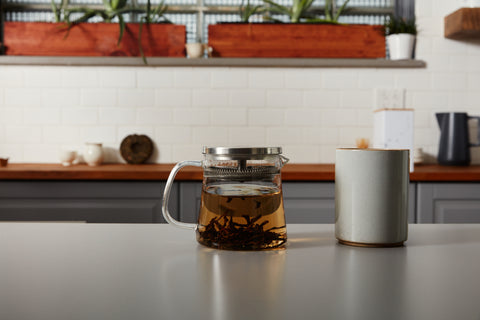Your Cart is Empty
FREE U.S. SHIPPING OVER $50 | INTERNATIONAL OVER $200
Menu
-
- Shop
- Wholesale
- Company
-
Origins
- YUNNAN | Xindi Pu'er Co.
- YUNNAN | Ma Wei Shan Tea Farm
- GUANGXI | Long Kou Tea Farm
- FUJIAN | Panlan Yancha Farm
- FUJIAN | Zi Ran Hong Smokehouse
- GUANGDONG | Lin Dancong Farm
- ZHEJIANG | Chengtan Longjing Farm
- ZHEJIANG | Yinyu Tea Farm
- JIANGXI | Xiao Qi Chrysanthemum Farm
- NEPAL | Kanchanjangha Estate
- KYOTO | Hori Tea Farm
- KYOTO | Nakai Seichajo
- SHIZUOKA | Mukoujima Tea Cooperative
- NAGASAKI | Sonogi Matcha Farm
- About
- Merch
- Careers
-
Origins
- Guidance
-
- Login

0
Your Cart is Empty




